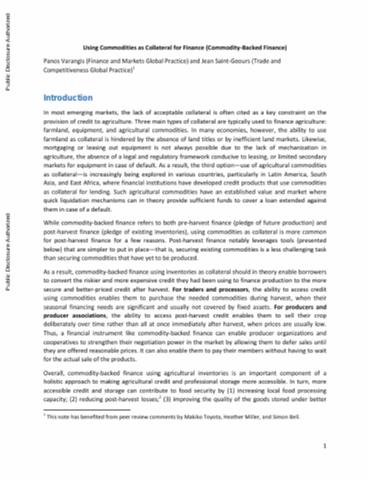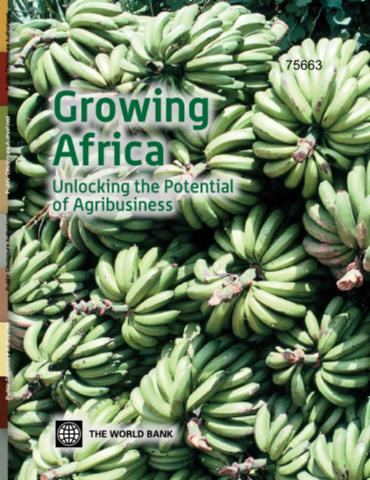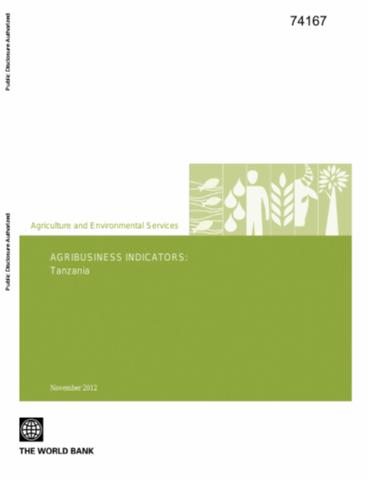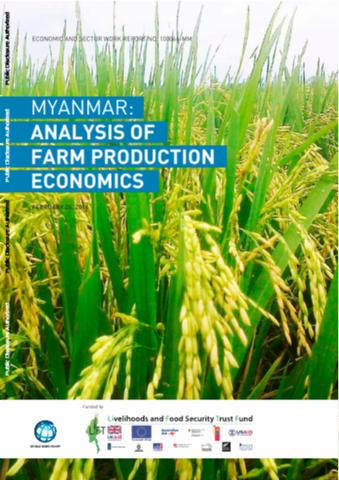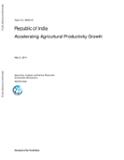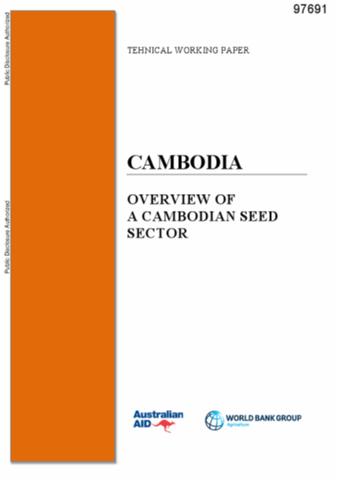Topic Guide: Agriculture and Growth
Includes agriculture, pro-poor growth and rural livelihoods: debates, scales and guidelines; land, farm size and food security; supermarkets and contract farming; gender and agricultural growth; promoting agriculture in post-conflict states. A number of Topic Guides are being produced for DFID’s Climate, Environment, Infrastructure and Livelihoods Advisers.




